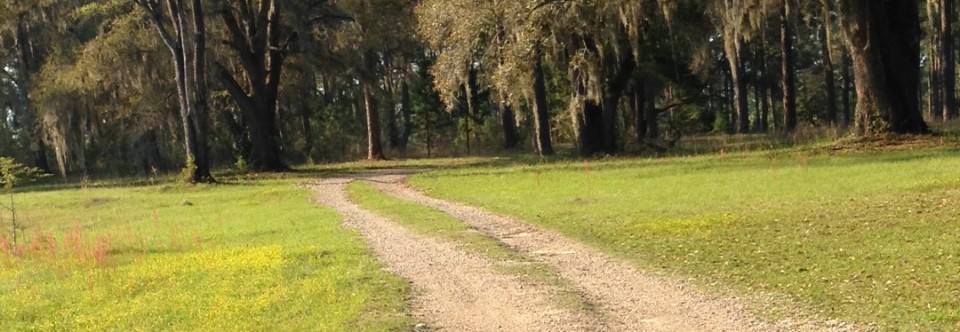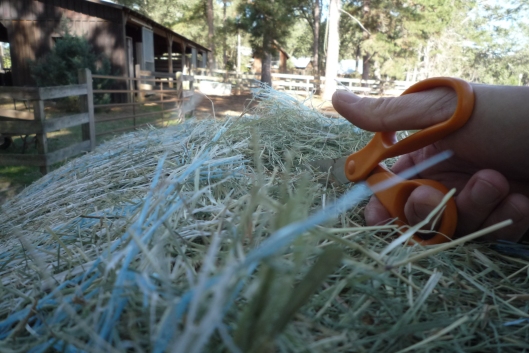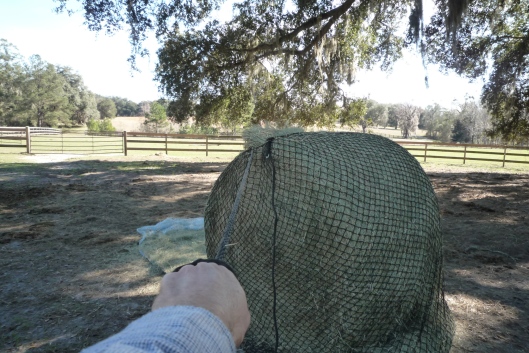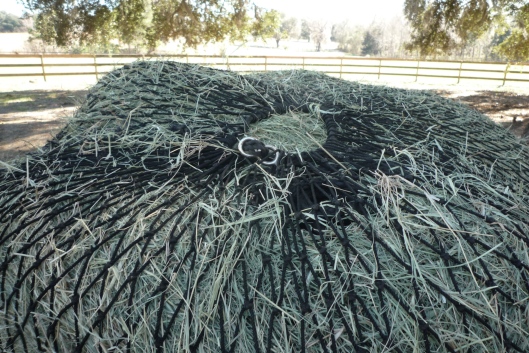Tags
We keep horses, specifically quarter horses. Growing up, my only experience on a horse was as a young boy, dressed in western gear, and led around a ring at a fair. My wife is a most accomplished rider. Among her many achievements, early in our marriage, she trained horses for the track at her aunt’s facility.
So, horses are a big part of our life here at the farm. Horses eat. In fact, horses eat quite a bit. One of our main challenges is keeping them fed, especially in the winter, especially in the wake of a nasty multi-year drought, which plays havoc on our non-irrigated pastures.
Traditionally, we fed our boys (all our horses are geldings) square bale hay. Of course, this meant one of us had to make a run to the barn at least twice a day, sometimes more. Now, there is nothing wrong with strolling out to the barn, other than it does start to consume a day away.
As a result, over time, we started using round bales, which allow the horses to eat when ready, pretty much all the time. The downside to the round bale is the waste. Horses eat. Horses eat and pee. Horses eat and poop. Horses do not mind doing this on and around the hay bale that they have hoofed apart in search of the most succulent grasses.
I hate waste and I love the internet, at least for conducting obscure research. Someone out there actually did a study and found the best way to feed a horse with minimal waste is to use a cinch net, which is what we now do.










Now I’m really envious, this is the sort of work I want to be doing, with the occasional foray into the big smoke, you have my life, give it back.
LikeLike